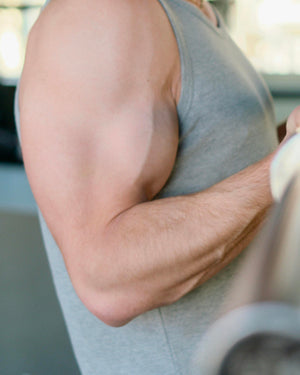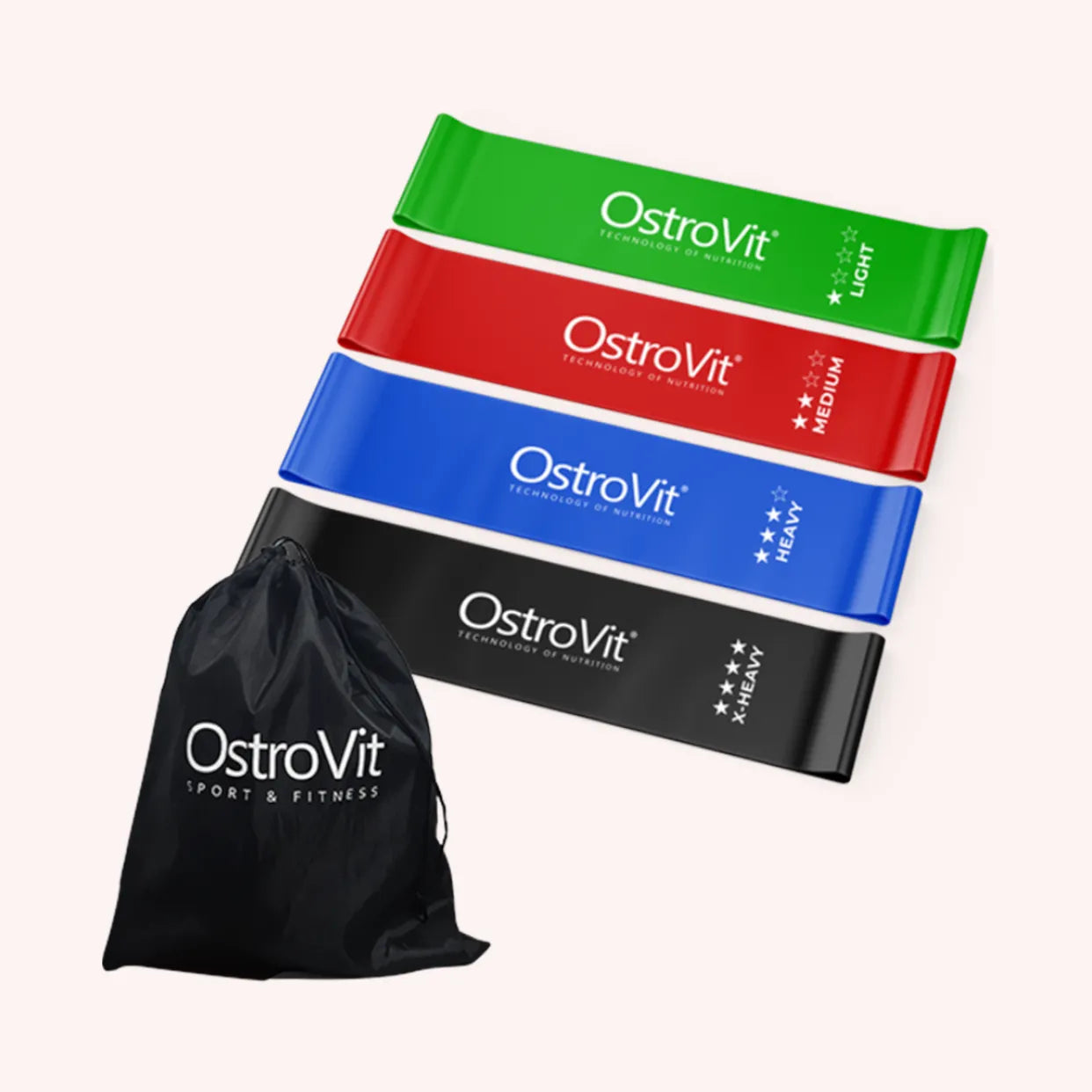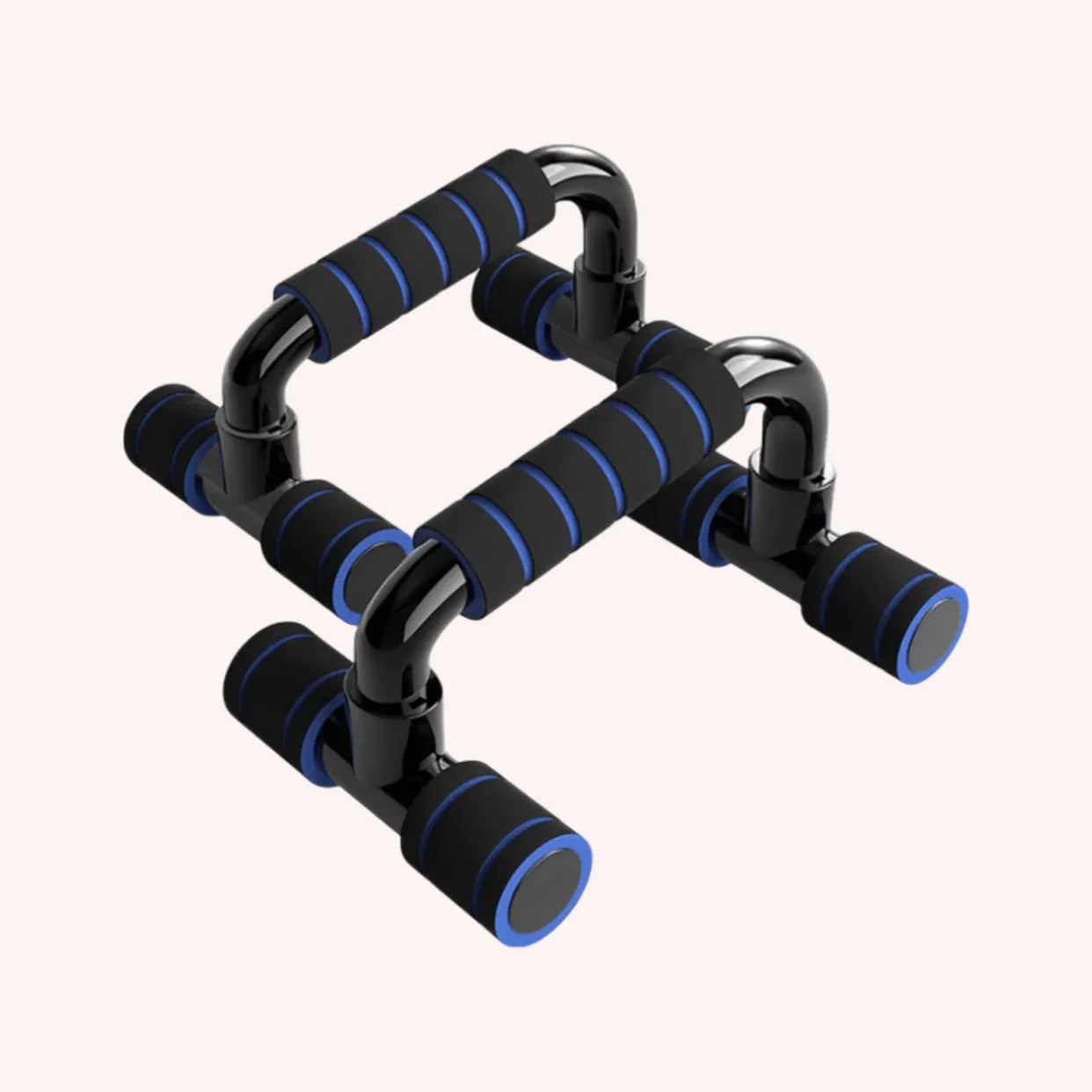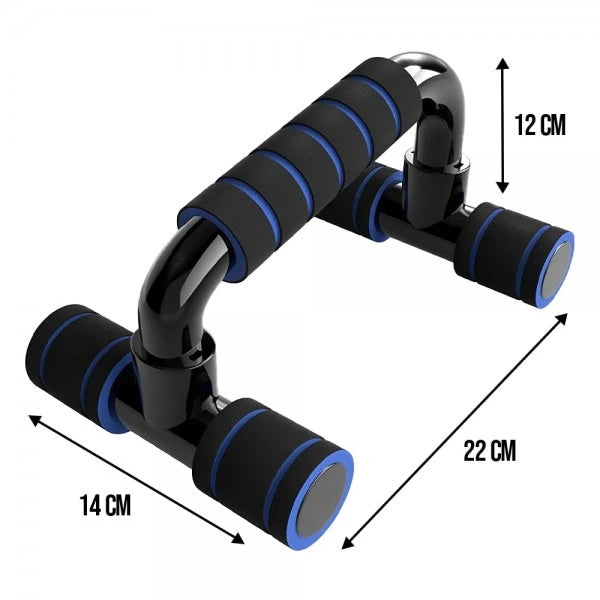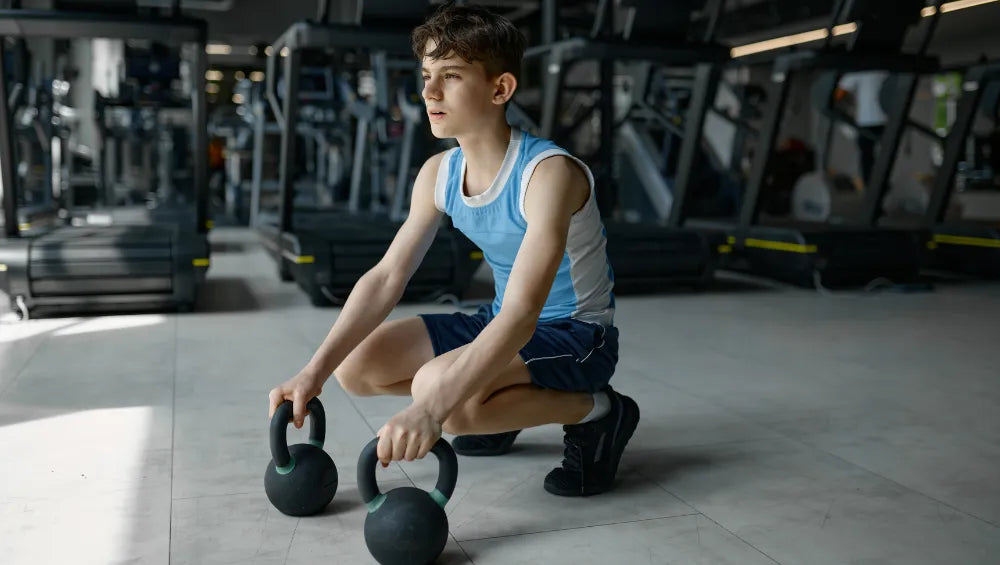Bodyweight training, also known as calisthenics, is a form of fitness training that uses your own body weight to build and strengthen muscles. It has many advantages over other training methods, including simplicity, flexibility, and accessibility. In this article, we'll explore this training method in detail and introduce you to key exercises to help you get the most out of it.
The Benefits of Bodyweight Training
There are several reasons why bodyweight training is an attractive option for those looking to improve their fitness:
- No need for expensive equipment: Unlike traditional strength training, which often requires dumbbells, barbells, and specific machines, bodyweight training can be done with no or minimal equipment (like a pull-up bar).
- Flexibility and adaptability: Bodyweight exercises can be easily modified to suit different skill levels, allowing you to progress at your own pace and work specifically on areas that need improvement.
- Functional Training: The movements performed in bodyweight strength training are often closer to the natural movements performed in everyday life, resulting in better coordination and overall strengthening of the entire body for visible results.
- Accessibility: Bodyweight training can be done anywhere, anytime, without relying on a gym or specific training space. This makes this method particularly attractive for those with busy schedules or frequent travel.
- Complete and harmonious workout: This technique allows you to work all muscle groups, promoting harmonious body development. In addition, it emphasizes movement control and quality of execution, limiting the risk of injury and muscle imbalances.
Key Bodyweight Strength Training Exercises
To fully benefit from bodyweight training, it's essential to incorporate a variety of exercises targeting different muscle groups. Here are some basic exercises to get you started:
Pull-ups
Pull-ups are a great exercise for working your upper back, shoulders, and arms. To perform this exercise, hang from a pull-up bar with your palms facing out and your hands slightly wider than shoulder-width apart. Pull your body up until your chin is above the bar, hold for a few seconds, then slowly lower yourself back to the starting position. If pull-ups are too difficult, try assisted pull-ups with a resistance band or by placing your feet on a chair to reduce the load. There is also a strap-based variation.
Dips
Dips are another bodyweight exercise that primarily targets the triceps, shoulders, and chest muscles. To perform this exercise, place your hands on two parallel bars or the edge of a stable surface (such as a bench or chair), then lift your body by straightening your arms. Slowly lower your body by bending your elbows until they form a 90-degree angle, then push yourself up to return to the starting position.
Push-ups
Push-ups are one of the most versatile and effective exercises for strengthening your chest, shoulders, triceps, and core. Start in a plank position, with your hands slightly wider than shoulder-width apart and your feet a comfortable distance apart. Lower your body by bending your elbows until your chest almost touches the floor, then push yourself up to return to the starting position. You can adjust the difficulty of push-ups by changing your hand position, placing your feet on an elevated surface, or using a resistance band to add tension.
Squats
Squats are a fundamental exercise for developing leg, glute, and lower back strength. Stand with your feet hip-width apart and your toes pointed slightly outward. Bend your knees and lower your body as if you were sitting on an invisible chair, keeping your back straight and your weight evenly distributed over your feet. Lower yourself until your thighs are parallel to the floor, then return to the starting position.
Abdominals (Crunches)
Crunches are a simple yet effective exercise for working your abdominal muscles. Lie on your back with your knees bent and your feet flat on the floor. Place your hands behind your head or cross them over your chest. Engage your abs to slowly lift your head, shoulders, and upper back off the floor, then return to the starting position.
Sheathing
Planking is a static exercise that strengthens the abdominal and lower back muscles, as well as the shoulders and hips. Position yourself on your forearms and tiptoes, keeping your body straight and your abs firmly engaged. Hold this position for as long as possible, being careful not to arch your back or let your hips sag.
Bodyweight Training: In Summary
In short, bodyweight training is a simple and effective way to build strength and muscle mass while improving your overall fitness. Through a variety of exercises such as pull-ups, push-ups, dips, squats, and planks, you can work all your muscle groups harmoniously and without the risk of injury. You can create a complete bodyweight training program tailored to your specific goals. Feel free to modify and customize the exercises to meet your needs and skill level.



